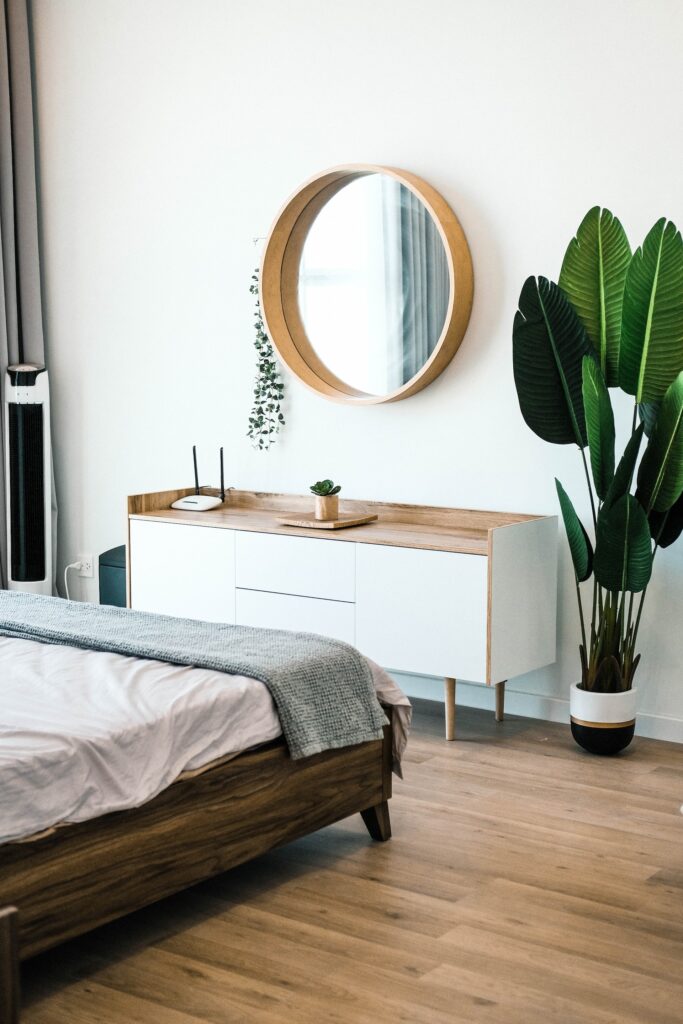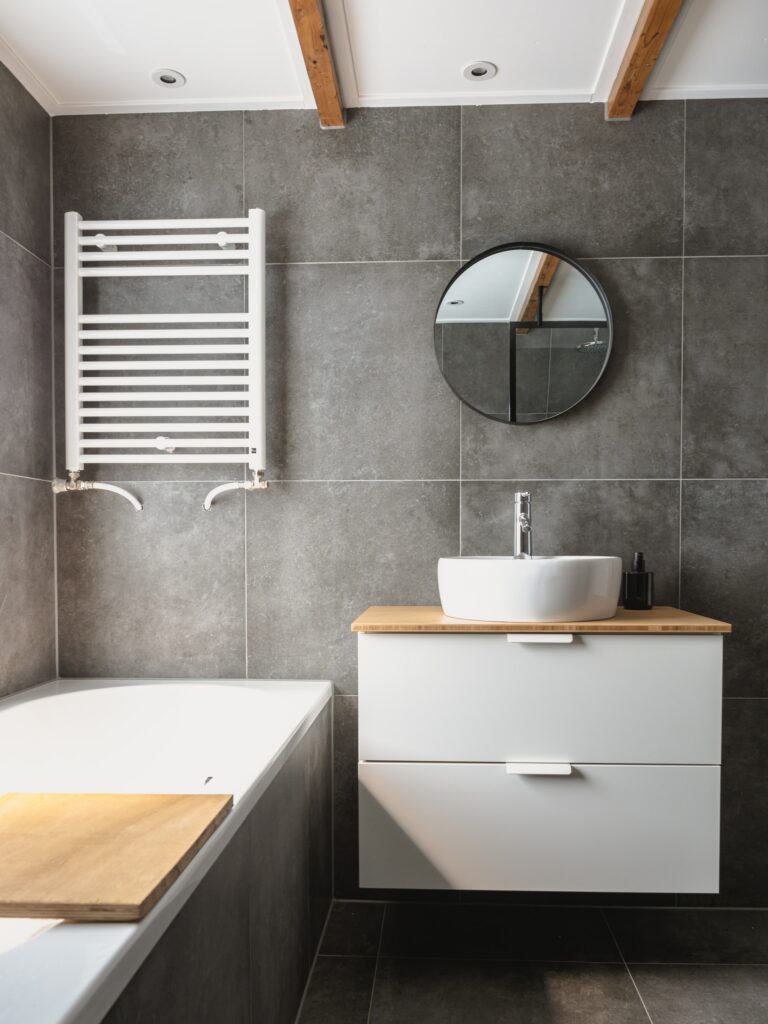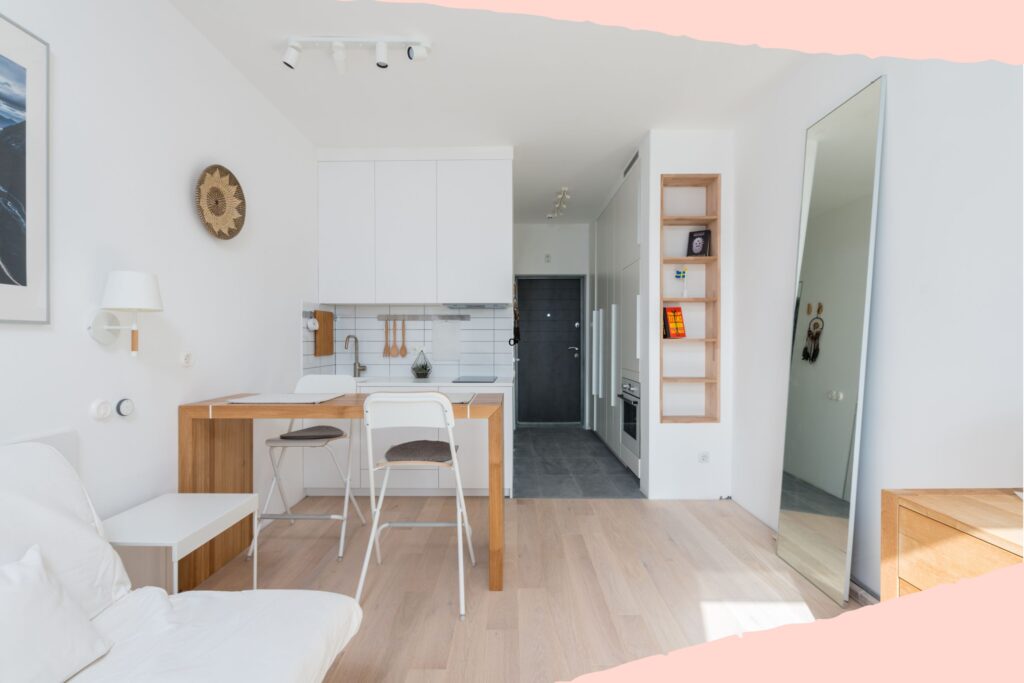So you’re embarking on a buy-to-let journey? Well, you’ll be pleased to hear that an exciting adventure awaits, not to mention a potentially lucrative one. But like most business ventures, what you supply is only as good as the demand for it.
For your buy-to-let property to be desirable (and as such, rented) it’s crucial to emphasise its very best aspects. In doing so, you’ll attract the very best occupant. With this in mind, here’s how to make your buy-to-let property appeal to tenants.
Focus On Your Tenant’s Needs
To get a better idea of how to make your property more appealing, a proactive step is to spend some time getting into the mindset of your potential tenant. If you’re interested in bringing in a transient type of tenant like students, for instance, you should think about the qualities that are important to such a renter when seeking a rental property. Things like extra storage space or spacious desks and high-quality office chairs could catch the attention of those who work from home or students, so have these ready and installed in your property prior to viewing.
If you’re keen on a more stable occupant who’s likely to commit to a long term arrangement, perhaps a family, then make sure your property meets their needs. Security, in this case, should be paramount, so make sure locks are particularly sturdy and entry is ideally via a ‘buzz in’ system.
Don’t Overcomplicate Early On
When viewing properties either online or in person, simple decor and minimal furnishings are usually your best bet. Potential tenants will usually be put off by properties with busy decorations such as bold wallpaper and lots of garish furniture, which is why sticking to a neutral colour scheme is often best.
Although sometimes counterintuitive, a house which looks lived in is often massively off putting to viewers, preventing a chance to visualise how the property may look with their own furniture and belongings in.
This is also important in terms of paperwork and bureaucracy. Don’t make arranging a viewing complex in terms of the potential tenant having to give over a lot of personal details; this will often dissuade them from arranging a viewing at all.


Emphasise Space…
Research suggests that plenty of light and space are the most important features that tenants request in a property. As such, you should do everything in your power to emphasise the square metres. Although having a sufficient amount of space is favoured by tenants from a range of age ranges and walks of life, you should try to identify what kind of space each tenant type prefers.
Young people aged 18-25 and families are the groups who tend to prefer in open-plan kitchens, whilst tenants with higher incomes are often more willing to spend more on en-suites bathrooms for each bedroom in the property.
If your buy-to-let property is on the smaller side, consider introducing some smart storage options to make the space appear larger than it is. Mirrors can also add a sense of space in a small place. And keep things really tired and of minimal clutter, so as to do justice to your property’s potential.
Read: The pros and cons of open plan kitchen living

…& Light
The same thing could be said of natural light; an abundance or lack thereof which is a real dealbreaker for most. It may seem obvious, but make sure all blinds are pulled up and curtains not drawn. Trim back any foliage which might be obscuring the flow of light into the building and make sure no stacks of books, plant pots and the rest are in the way of windows. To give the impression of even more light, add mirrors and paint the walls the lightest possible shade.
Emphasise Individuality
While it’s important to maintain a cohesive and appealing look across your buy-to-let properties, ensuring each unit has its own unique personality can significantly enhance tenant satisfaction. This is especially relevant if you are managing multiple units within a single property through a MUFB (Multi-Unit Freehold Block) mortgage.
Tenants often seek a home that feels personal and distinct, rather than an identikit space that lacks character. Here are some ways to emphasise individuality in each unit:
- Unique Decor Touches: While sticking to a neutral base, consider adding unique decor elements to each unit. This could be through different accent colours, feature walls, or distinctive light fixtures. Small touches like varied artwork or bespoke furniture pieces can make a big difference.
- Personalised Layouts: If possible, vary the layout slightly between units. This could mean different kitchen configurations, varied bathroom designs, or unique storage solutions. Even small changes can make each unit feel special and tailored.
- Quality Finishes: Invest in high-quality finishes and fixtures that add a touch of luxury and individuality. Tenants appreciate attention to detail, and features like stylish taps, modern appliances, and well-crafted cabinetry can set your property apart.
- Tenant Input: Where feasible, allow tenants some input into the final touches of their unit. This could be as simple as letting them choose a paint colour for one wall or selecting a few pieces of furniture. This involvement can help tenants feel more connected to their space.
- Community Spaces: If your MUFB property includes shared spaces, ensure these areas also have character and appeal. A well-designed communal garden, a stylish lobby, or a cosy shared lounge can enhance the overall living experience and foster a sense of community.
By focusing on individuality, you can create a more appealing and comfortable environment for your tenants. Mortgage Lane specialise in MUFB mortgages, and assure us that this approach not only helps in attracting and retaining tenants but also maximises the potential of your investment through such a mortgage.
Make The Most Of The Location
Last but not least, from the perspective of potential buy-to-let investors looking for their first property investment, location is key when it comes to attracting the right tenants. Before making a purchase, seek out properties in attractive locations that you know have high demand.
Students and young professionals will be more drawn towards city centre properties that are close to their workplace or university, whereas families often prefer suburban properties that are in proximity to good schools and transport links, though this is of course something of a generalisation, and each tenant’s needs will be unique.
And with that final statement ringing in our ears and making the rest of the article feel rather redundant, we’ll see ourselves out…





